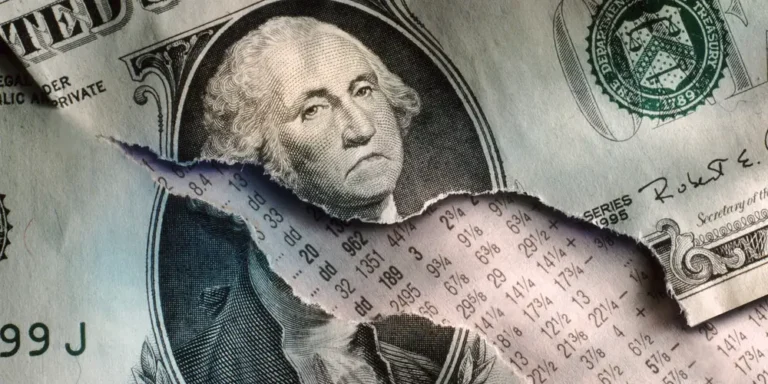China’s latest stimulus boosts emerging-market stocks to the highest level in 2 years

New stimulus measures seek to relieve China of its economic woes, including weak consumer sentiment.
China’s latest efforts to prop up its sluggish economy appears to be having spillover effects on markets around the world.
Emerging markets indexes climbed to their highest level since April 2022. The MSCI equity index for emerging economies rose 2% on Tuesday, fueled by gains from Hong Kong-listed shares of Chinese companies like Tencent Holdings Ltd. and Alibaba Group Holding Ltd.
The boost comes shortly after China introduced a swath of new stimulus measures to prop up its sluggish economy and boost domestic demand.
The policies include cutting a key short-term interest rate, lowering the reserve requirement ratio that dictates the amount of capital banks must hold, and introducing 800 billion Chinese yuan in liquidity support.
The new stimulus measures also boosted China’s CSI 300 of Shanghai- and Shenzhen-listed shares, with the index closing 4.3% higher on Tuesday in its best day in four years.
And the Stoxx Europe 600 index climbed as much as 0.9%, led by luxury stocks amid hopes that sluggish Chinese consumer spending will rebound.
The Chinese stimulus measures—plus a big rate cut from the US Federal Reserve last week and expectations for further easing—are raising investor confidence in the world’s two largest economies.
Yet, some analysts remain wary that China’s stimulus measures won’t have drastic enough impacts to actually rescue the country from its economic woes.
“Today’s announcement is not a game changer,” Yingrui Wang, an economist at AXA Investment Managers, said in a Tuesday note. “A coordinated fiscal policy in the near term will be important and necessary for an efficient transmission.”
Goldman Sachs analysts echoed that sentiment, and said that the government’s policy rate and lower reserve requirement, plus rare guidance on future policy, all point to signs that policymakers are increasingly worried about growth headwinds.
But the analysts say further support for domestic demand is still necessary.
“More demand-side easing measures — especially fiscal easing — are likely to be needed to improve China’s growth outlook,” the analysts said in a Tuesday note.
In recent months, China’s economy has struggled to escape weak consumer sentiment and continues to face a struggling property sector. Analysts have said the government’s target of “around 5%” GDP growth by the end of the year is increasingly unlikely as the government’s macro policy has moved too slowly to spark a rebound.






